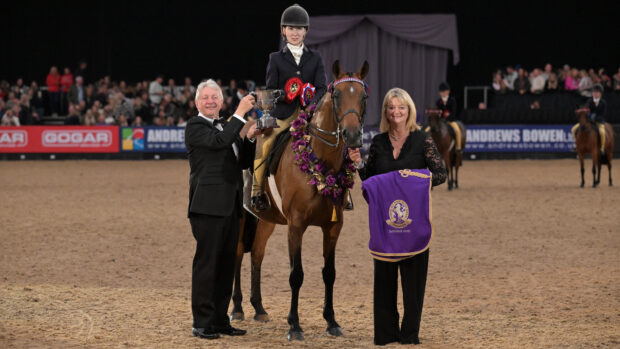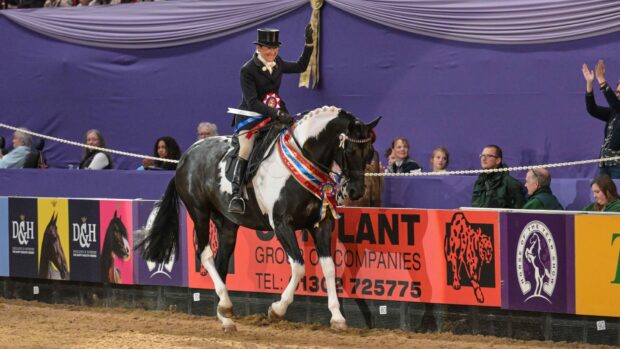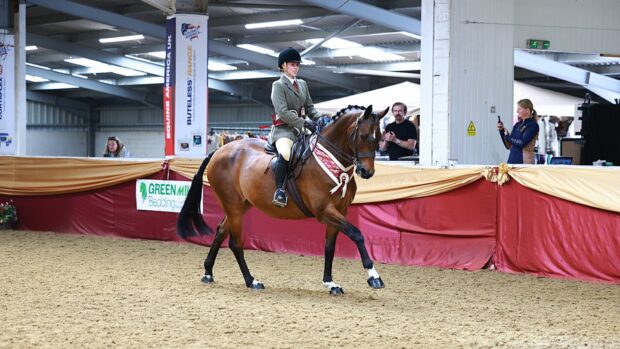Native pony specialist Rebecca Penny on HOYS changes and social responsibility in showing
As the summer season nears, many of us are busy making the necessary preparations to get ourselves and our ponies ring-ready. With every new season comes change, some well received, some met with groans, but all inevitable. This year is no exception, and I must say, a few updates to the Horse of the Year Show (HOYS) rulebook have been long overdue.
One change I personally welcomed was the removal of the mandatory Joint Measurement Board (JMB) certificate for ponies from the three native breeds with no upper height limit – Welsh section D, Exmoor, and Dales – unless, of course, they have qualified in the mountain and moorland (M&M) working hunter pony ranks.
This was an unnecessary cost burden for those showing these breeds in their respective finals, and its elimination is a small but significant win for competitors.
Another welcome change is the split of the HOYS M&M lead-rein class into separate Welsh and non-Welsh classes. At last, those of us in those classes no longer need to play the world’s longest games of “I Spy” to keep young jockeys entertained while waiting for 50 tiny combinations to take their turn in a single class.
I remain on the fence on the introduction of six mixed height children’s riding pony classes at the expense of six qualifiers run with the traditional height splits.
From now on, only 12 of the 18 qualifiers will run as usual. I do worry about the impact on younger children making the leap from first ridden to 128cm classes. Competing against much older riders on 148cm ponies could be daunting, and I wonder whether this will further deter participation in plaited classes.
On the other hand, perhaps this change will encourage riders to raise their game, pushing them to improve rather than shy away. We already see children holding their own against adults in M&M classes, so maybe this is the perfect platform to nurture resilience and skill. Those with the drive to win will always find a way to rise to the occasion.
The influence of social licence
Beyond rule changes, another undeniable force shaping our sport is the rise of social licence, the informal but powerful approval we receive from the wider public based on our ethical practices.
Both societies and competitors are under increasing scrutiny, and with that comes the need for more transparent and responsible horse care, the use of ethical training methods and improved competition conditions.
This has led to regulations tightening across the board, aligning showing with other governing bodies in equestrian sport and, crucially, with the public’s expectations.
As competitors, we have a duty of care not only to our horses but to the industry itself. The way we conduct ourselves, both in and out of the ring, has a ripple effect. Posting images and videos on social media comes with great responsibility, as our sport is more exposed than ever.
What might seem normal to seasoned competitors can appear shocking to outsiders unfamiliar with the nuances of equestrian life. A misplaced whip movement, a stressed pony or misuse of a training aid can, rightly, spark outrage. Ultimately, it is our responsibility to set the standard.
As expectations in equestrian sport continue to evolve, those who lead by example will not only contribute to its growth but also attract greater support from sponsors who value integrity.
● What can we do as an industry to ensure we maintain our social licence to go showing? Write to us at hhletters@futurenet.com, including your name, nearest town and country, for the chance for your letter to appear in a forthcoming issue of the magazine
- To stay up to date with all the breaking news from major events throughout 2025, subscribe to the Horse & Hound website
You might also be interested in:

‘Times are changing and we have to go with them’: showing world reacts to HOYS changes

Look at me, judges! Expert tips on preparing your show horse to stand out in the ring for all the right reasons this season
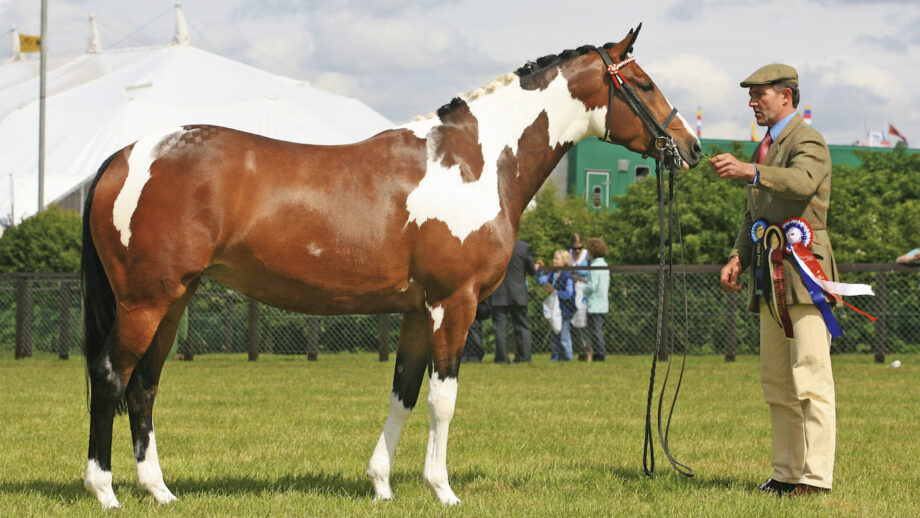
Be ready to win with expert tips on last-minute planning and polish to ensure a successful show ring debut

Expert tips for building up your show horse’s workload ready for the ring – with useful fitness timeline and warning signs
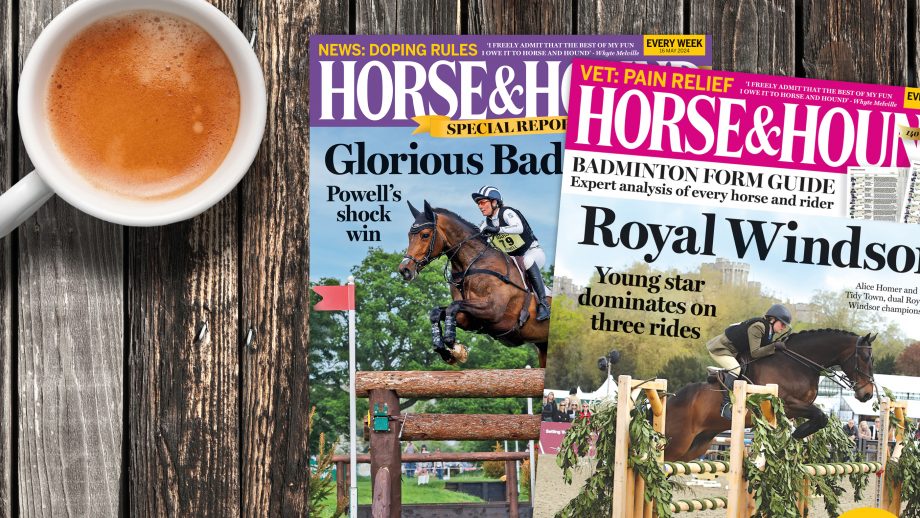
Subscribe to Horse & Hound magazine today – and enjoy unlimited website access all year round


